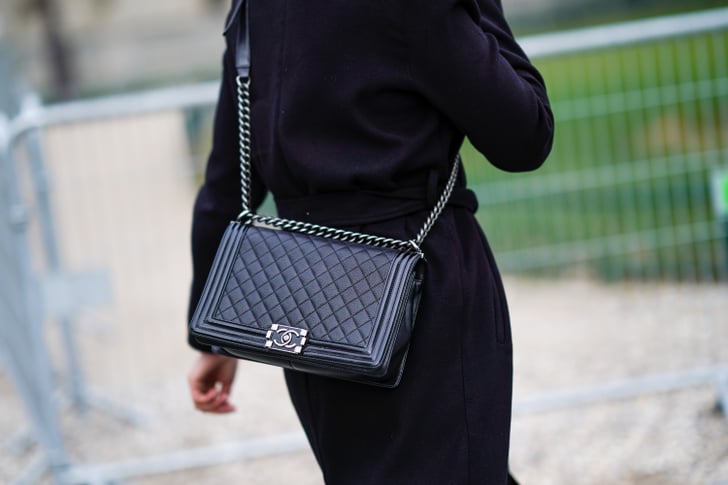Whoever says that fabrics have no fans does not know the variety of exquisite fabrics that can compose a wedding dress. From the tulle of the most vaporous simple models to the brocade of the most luxurious designs, the fabrics with which these pieces are made are examples of delicacy and harmony. Lace, for instance is one of the most classic and elegant fabrics. Thanks to the extensive line of laces available on the market, it can be the unique, eye-catching part of a wedding dress on the sleeves or be the basis of the whole bridal style.
Do you know the different types of laces that exist? If not, don’t worry, we will cover all that in today’s article. But first, let’s find out the difference between lace and embroidery.
Lace vs. Embroidery
Sometimes, in order to define a design, it is also necessary to define what it is not. Although their finishes may look similar at first glance, lace and embroidery are different.
While lace is a piece in which the thread is intertwined, crossed or knotted on itself, in embroidered garments, the thread is sewn onto a fabric that serves as a backing. In other words, in lace, the thread is the base, while in embroidery, the thread is the embellishment.
So now that you know the difference, let’s take it to the next level and learn more about the different types of laces.
Different Manufacturing Techniques
Since lace has long been used in fashion, it is impossible to think of lace without seeing it as a one-of-a-kind network of open and closed spaces that reproduce very different patterns.
Its creation is a beautiful and complex art that is passed down from generation to generation of artisans and designers.
According to their production technique, here are the main types.
1. Needle lace: on the paper (which will be removed later), a mesh of thread is woven. On this basis, new “shadows”, fillings and reliefs are woven. Everything is done by hand and with needles or hooks. The difficulty and time required results in a very laborious and exclusive openwork.
2. Spindle lace: the ends of the interweaving threads are wound on light spindles (bobbins), which allows easy handling when weaving the lace.
3. Other manual techniques: techniques such as crochet (crochet), which is knitted lace, or macramé, where the fabric is assembled with knots, would remain outside the previous categories.
4. Machine lace: This machine lace is also subdivided into other types of lace, depending on the technique of the machine used.
Each technique can incorporate different styles with their own denomination, depending on the geographic region where each became popular or developed. For example, Alençon needle lace or Chantilly bobbin lace, both from France, are two of the most recognized in the fashion industry. But which one is the most common in wedding dresses?
Chantilly
Chantilly lace is one of the great favorites for wedding dresses. This traditional lace is created using the bobbin lace technique. Its net is fine, almost transparent, and is regularly made with silk or linen thread. Its patterns depict floral motifs and designs full of detail. Her lace pattern is usually used in illusion necklines, in the outer layers of skirts and is one of the most used laces in veils and tails.
Alencon
This French lace with elaborate floral designs, branches of small dots and geometric shapes is very versatile. You can trim entire dresses or focus on illusion backs and necklines. It all depends on the dress budget, as authentic Alençon lace can take up to six to seven hours of crafting per square inch. This thick lace is made with a needle, with a unique technique recognized by UNESCO.
Guipure
Another favorite lace in wedding dresses, also with the technique of bobbin lace. The rich texture of guipure is compact and creates a solid structure. It is widely used in bohemian style dresses, crop tops and sleeves: train your eyes because you will see it in many wedding dress collections. The main characteristic of guipure is that its weave is more or less thick, its designs are large and it has a marked relief.
Macramé
Macramé is a form of handmade weaving. By entangling several threads, all kinds of figures are formed, from floral patterns to animals. In wedding dresses, it is common to see diamond-shaped threads interspersed with other geometric shapes or intricate curves. This is a very old technique that has been revived in recent years: in images of wedding dresses, you will see it in boho designs, mainly in the back or in garments such as shawls.
Here you are; you now know more on the different lace types. Do you have a favorite lace? Let us know in the comments below.




